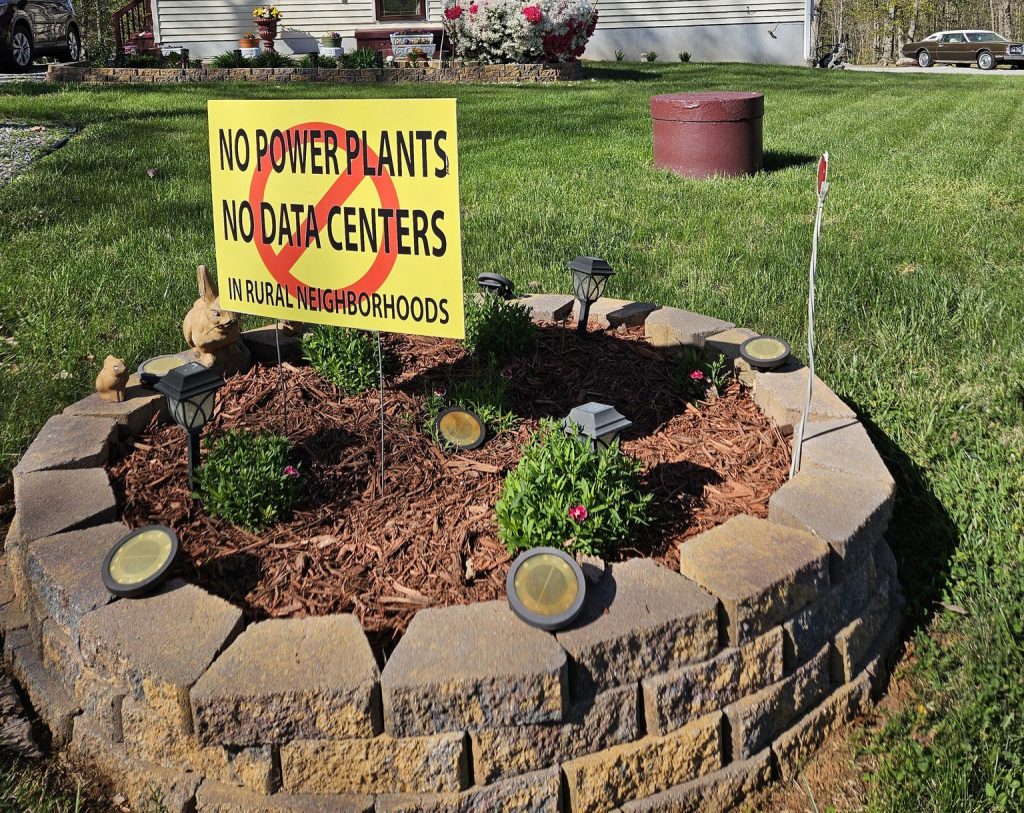Excerpts From Code Red
Hazy Skies Plague Parks, Threaten Human Health
Excerpted from Code Red
The most noticeable effect of air pollution plaguing many national parks is an unnatural, unsightly haze. Park visitors often experience this gray or brown haze shrouding what should be spectacular views. Pollution combines with moisture to form tiny particles that scatter light and block views, drastically limiting how far a person can see and ruining the color and clarity of images. Code Red shows visibility in national parks has been reduced to a fraction of what it should be during summer months.
National park visitors consistently rate clear scenic vistas as one of the most important aspects of their experience. Nearly 280 million people visit our parks each year, bringing an estimated $10.6 billion dollars to surrounding communities in 2001. A 2000 study determined what visitors and non-visitors would pay for clearer skies in more than 30 national parks and wilderness areas. The results show that people would spend $4.3 billion each year to clean up power plant pollution and reduce park haze on these public lands.
In their smallest form, these particles cause serious health problems. Particles emitted by power plants alone shorten the lives of an estimated 30,000 people throughout the United States each year in addition to triggering 600,000 asthma attacks.
Unhealthful Ozone
Excerpted from Code Red
On too many occasions, national park visitors are greeted with health warnings, forcing them to change plans or limit their time outside. High pollution levels often occur during the warmer months, the times when many parks experience their greatest visitation.
This year, the Code Red ranking for the smoggiest parks is based on the federal health standard for ozone, and Sequoia-Kings Canyon tops this list. The park has recorded hundreds of unhealthful air days over the past five years, rivaling our most polluted urban areas, including Los Angeles.
Much like sunburn affects the skin, ozone inflames the lining of the lungs, causing permanent damage with repeated exposure. Symptoms include shortness of breath, coughing, wheezing, and throat irritation. EPA estimates that nearly one-third of U.S. citizens are at a higher risk for experiencing health problems from ozone, including children, people suffering from respiratory diseases such as asthma, and otherwise healthy adults who are active outdoors.
Many trees and other plants suffer damage from ozone at even lower levels than those established to protect humans. Ozone can damage and kill leaves, affecting a plant’s ability to produce food. In turn, this can reduce plant growth and resistance to diseases and pests, potentially leading to long-term effects on forests and ecosystems. A broad range of plants, from sequoia seedlings and ponderosa pines to tulip trees and blackberries are sensitive to ozone pollution.
Related Articles
Latest News
More Stories

Leave a comment
Your email address will not be published. Required fields are marked *




